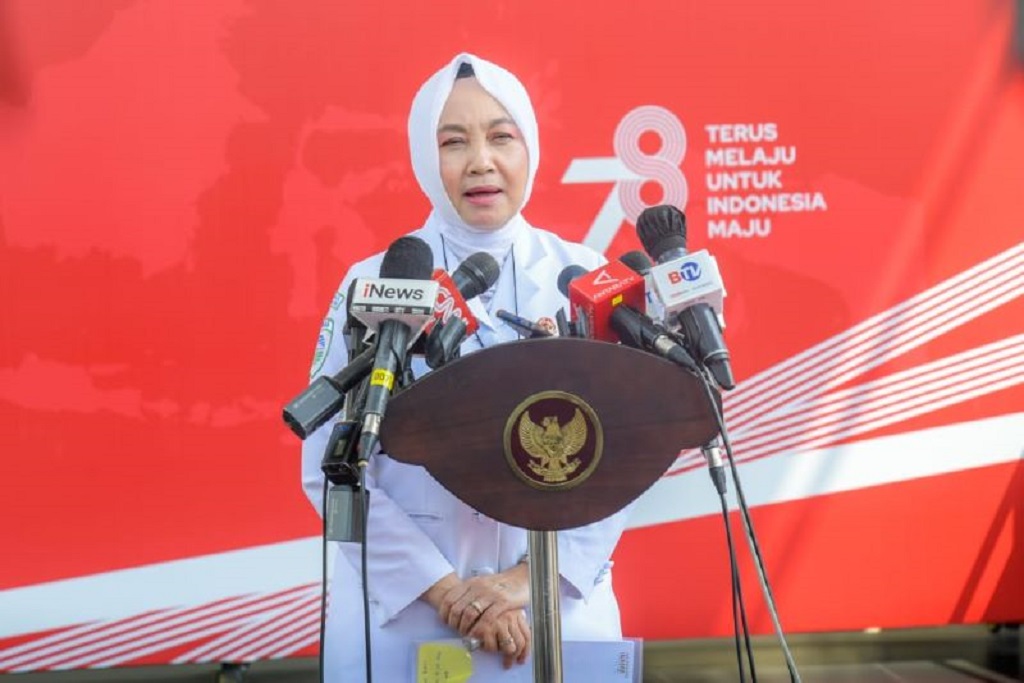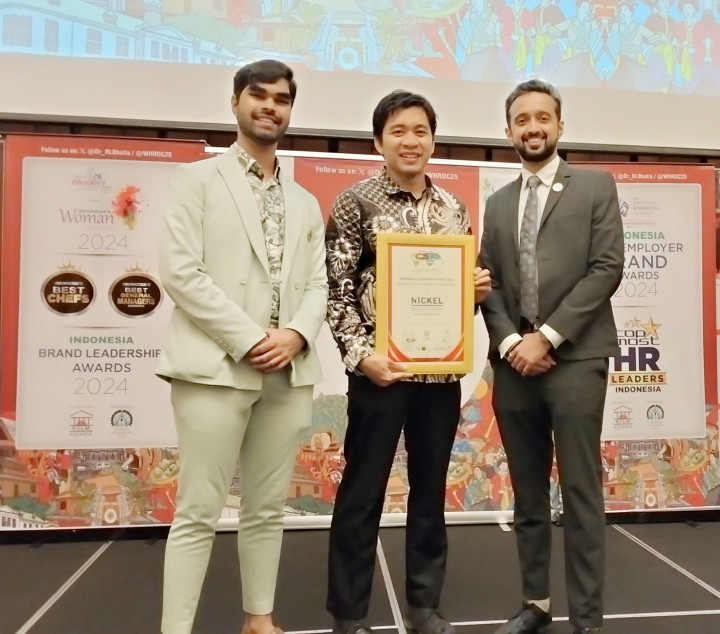Jakarta: The Meteorology, Climatology, and Geophysics Agency (BMKG) stated that Indonesia is entering the inter-monsoon season. This occurs from March to April 2024.
Head of BMKG Dwikorita Karnawati mentioned various potential occurrences during the inter-monsoon season. One of them is the increased potential for extreme weather.
"Such as heavy rain in a short duration accompanied by lightning, thunderstorms, strong winds, tornadoes, and hail phenomena," said Dwikorita in an official statement on Monday, February 26, 2024.
Dwikorita conveyed the atmospheric dynamics analysis conducted by BMKG. The results show that several regions in the southern part of Indonesia have already passed the peak of the rainy season.
She indicated that this condition suggests these areas will begin to transition seasons. The transition of seasons occurs from March to April.
One characteristic of the transition period is the rain pattern that usually occurs in the afternoon until the evening, preceded by warm and sunny weather in the morning until the afternoon. This happens because the solar radiation received during the morning to the afternoon is significant and triggers the convection process (rising of air masses) from the earth's surface to the atmosphere, thus causing cloud formation.
The characteristics of rain during this period tend to be uneven with moderate to heavy intensity in a short duration. If the atmospheric conditions become unstable, the potential for the formation of convective clouds such as cumulonimbus (CB) clouds will increase.
"These CB clouds are closely related to the potential for lightning, strong winds, tornadoes, and even hail. They resemble cauliflower with a grayish color and distinct edges," she explained.
She mentioned that heavy rainfall is one of the triggers for hydrometeorological disasters such as flash floods and landslides.
"Therefore, to residents living in mountainous areas prone to landslides, we also urge caution and vigilance," she said.
Dwikorita also urged the public to maintain health in facing rapidly changing weather conditions every day due to the inter-monsoon. Hot weather and rain can occur alternately quickly, which can weaken the body's immunity.
In addition, people are expected to adjust outdoor activities. Such as using protective gear from the sun/rain like umbrellas, hats, or raincoats.
Meanwhile, BMKG Deputy of Meteorology Guswanto stated that there are several significant atmospheric phenomena still observed, which can lead to increased rainfall accompanied by lightning/strong winds in various regions of Indonesia. Among them are the dominant Asian monsoon activities.
Secondly, the activity of the Madden-Julian Oscillation (MJO) in quadrant 3 (Eastern Indian Ocean), which is predicted to enter the western coastal regions of Indonesia in the coming weeks. Furthermore, the presence of atmospheric wave activities around the southern, central, and eastern parts of Indonesia. Fourthly, the formation of bending patterns and elongated wind convergences in the central and southern parts of Indonesia.
"All of these atmospheric phenomena contribute to the occurrence of extreme weather phenomena in various regions of Indonesia," said Guswanto.
Read also: BMKG Explains the Twin Sun Phenomenon in Mentawai
Cek Berita dan Artikel yang lain di Google News
FOLLOW US
Ikuti media sosial medcom.id dan dapatkan berbagai keuntungan



















